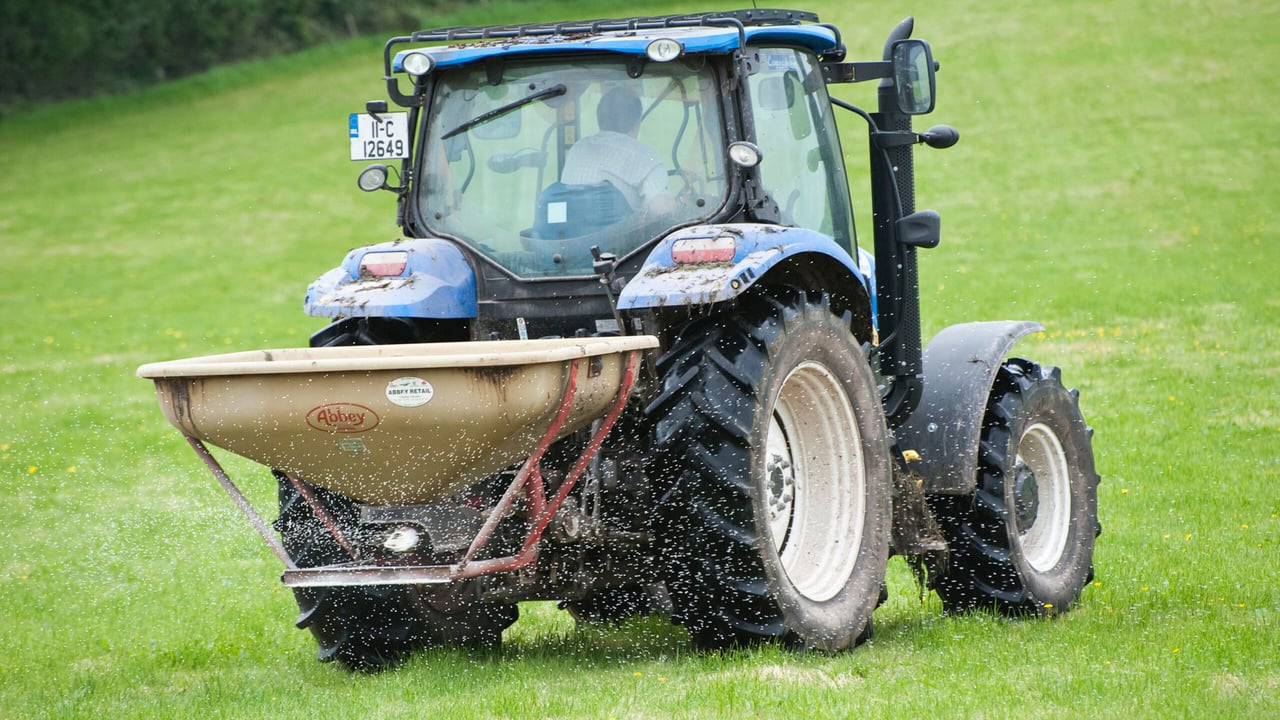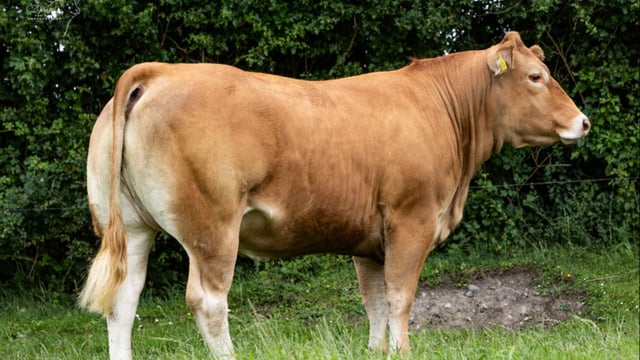Thinking of another cut of silage? What's the fertiliser protocol?
Generally speaking, if you are thinking of a third cut of silage, you are not going to need as much fertiliser for this cut as you did for the first two.
Farmers may be reluctant to fertilise for a third cut of silage as where there has already been two cuts on the farm, there is a danger that the allowance in the nitrates regulations will be exceeded.
Before a farmer decides to go ahead with fertilising for a third cut of silage, they should analyse their remaining chemical nitrogen (N) allowance and see if they have enough to see the grazing season out and to also build covers for the autumn.
If they have an allowance and can justify another cut of silage, it might be a no-brainer, as growth rates and conditions this year have meant that many first and second cuts of silage have been wrapped up nearly two weeks earlier than usual.
This means that, for a potential third cut of silage, the crop has a chance to bulk up in good growing conditions and to be cut in favourable conditions by the end of August or start of September.
Farmers should be aiming to apply 50-60 units of N/acre, 8-10 units of phosphorus (P)/acre, and 50-60 units of potassium (K)/acre, presuming the land was well applied with P and K in previous cuts.
This can be made up through slurry and bit of chemical fertiliser, if there is still slurry in tanks, which is not the case on many farms due to perfect ground conditions for most of the year.
A standard enough slurry with a 6% dry matter (DM) per 1,000gals contains 9 units of N, 5 units of P and 32 units of K, which means that spreading 2,000 gal/ac would make up all your P and K requirements for another cut of silage.
So if you spread 2,000gals/ac of with a bag/acre of 38-0-0 + sulphur (S) protected urea, the ground would be receiving 56 units of N/ac, 10 units of P/ac, and 64 units of K/ac,which would be sufficient for a cut of silage.
If there is no slurry in the tanks and you are completely reliant on chemical fertiliser, by spreading 1.6 bags/ac of 38-0-0 + S protected urea and 2 bags/ac of 0-7-30, the ground would be receiving 60 units of N/ac, 14 units of P/ac and 60 units of K/ac.
If farmers have adequate soil test results and they have been fertilising first and second cut sufficiently for N, P and K, they will realistically only need to fetilise for 40- 50 units of N/ac, 8 units of P/ac and 40-50 units of K/ac.
For a third cut, it is important to include sulphur in your application, as it is linked to N uptake and N use efficiency (NUE), as the response to S increases with the rate of N applied.
Not applying S can have a negative impact on your silage quality as low protein silage is the result of a lack of S in the grass.
The amount of fertiliser you should spread on your silage ground should be discussed with your adviser, as increased or reduced levels of P and K may have to be spread, depending on your soil indexes, land type, or allowances.
The figures above should be used as a guideline only, as it will not suit every farm scenario and your fertiliser strategy should be discussed with your adviser.





